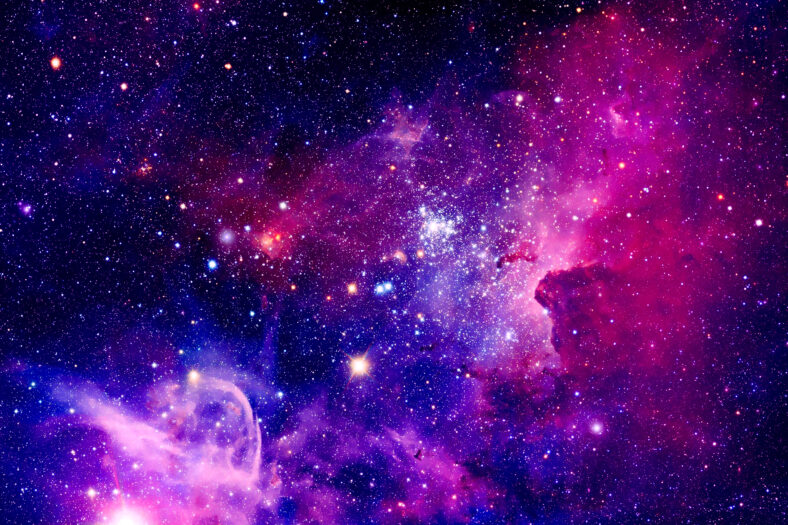Scientists Have Discovered A Sideways Black Hole, Which Seems To Have Been Knocked Over After A Collision With Another Galaxy

After spotting some signs from the Chandra X-ray telescope, NASA scientists have found a black hole that was sideways.
The strange black hole was discovered in the galaxy NGC 5084, a lens-shaped galaxy located about 80 million light-years from Earth.
The team of scientists was alerted to the existence of this black hole when they detected two plumes of plasma.
One stretched above and below the plane of the galaxy, while the other extended throughout the galaxy itself. They crossed each other, creating an “X” shape. Astronomers have never seen this structure before.
“Detecting two pairs of X-ray plumes in one galaxy is exceptional,” said Pamela Marcum, an astrophysicist at the Ames Research Center.
“The combination of their unusual, cross-shaped structures and the ‘tipped-over’ dusty disk gives us unique insights into this galaxy’s history.”
The scientists believe that a dramatic event may have led to the sideways state of the black hole. It also rotates in an unexpected direction in accordance with its surrounding galaxy.
The discovery was made when the team looked at archival data collected by Chandra using a new image analysis technique they had developed.
It is called Selective Amplification of Ultra Noisy Astronomical Signal (SAUNAS) and works by detecting low-brightness X-ray emissions from NASA’s X-ray space telescope.

Sign up for Chip Chick’s newsletter and get stories like this delivered to your inbox.
It revealed the two X-shaped plumes. The concentrated shape of the X-rays was surprising because X-rays are usually spread out evenly in massive galaxies. The finding indicated that a dramatic event occurred sometime in galaxy NGC 5084’s history.
To confirm what they were seeing, the scientists immediately set out to peruse the archives of other telescopes and make two new observations from ground-based observatories.
Observations from NASA’s Hubble Space Telescope and data from the Atacama Large Millimeter/submillimeter Array (ALMA), along with 66 radio antennas based in northern Chile, showed a small, dusty inner disk at the heart of NGC 5084. This suggested the presence of a black hole at the galaxy’s center, rotating at a 90-degree angle.
The scientists conducted follow-up examinations of NGC 5084, which allowed them to see the galaxy and the black hole across a broad range of light wavelengths on the electromagnetic spectrum.
“It was like seeing a crime scene with multiple types of light,” said Alejandro Serrano Borlaff, a scientist from the Ames Research Center.
“Putting all the pictures together revealed that NGC 5084 has changed a lot in its recent past.”
Currently, the team thinks that the black hole was knocked over onto its side by a collision with another galaxy. The collision then produced plumes of plasma that spewed out from the top and bottom of NGC 5084’s plane.
Further investigations of NGC 5084 are needed to determine the exact event that resulted in this bizarre structure.
The research was published in The Astrophysical Journal.
More About:News





